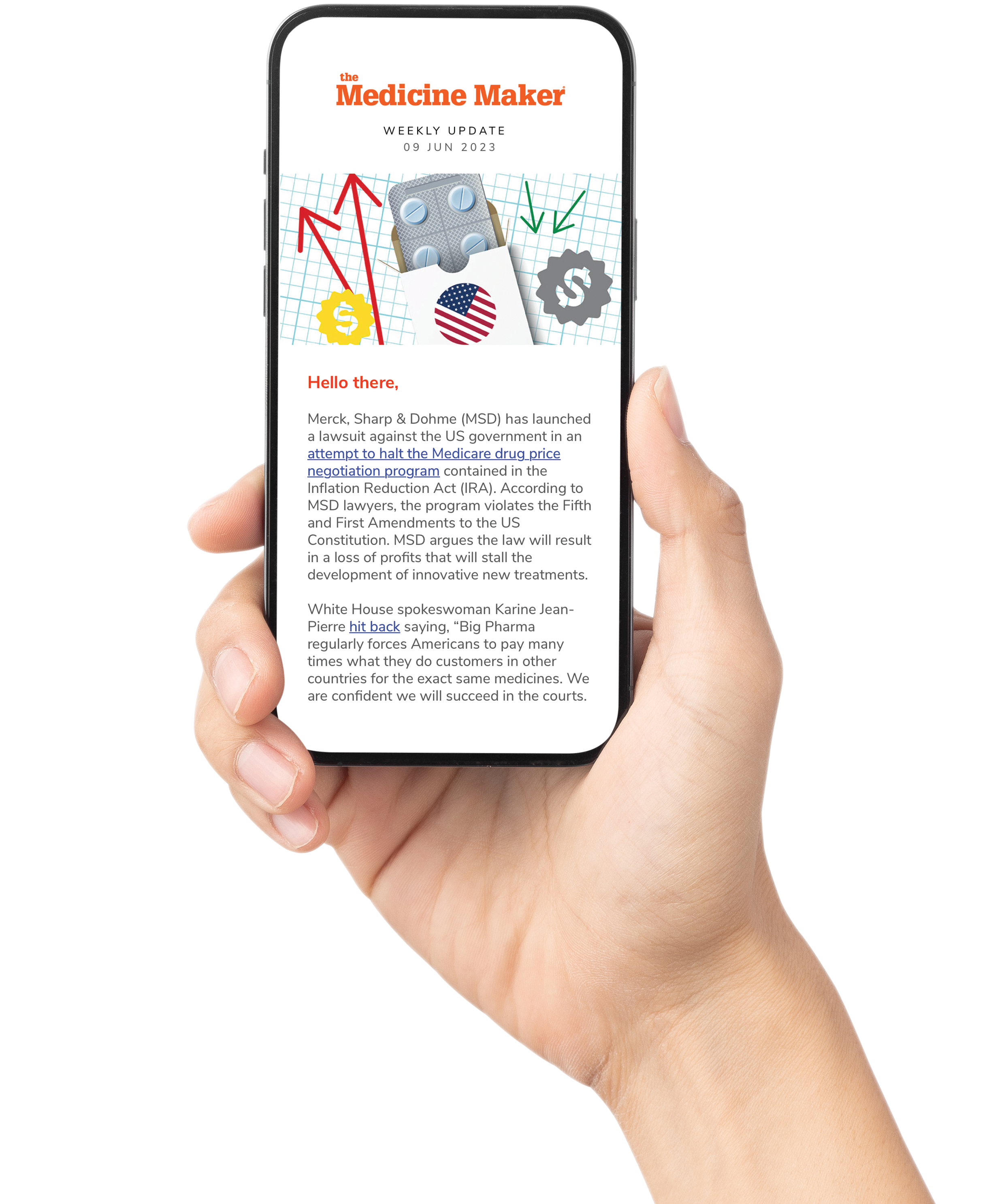
An open-access framework has been developed with the goal of bringing consistency and structure to the way pharmaceutical researchers evaluate the stability of active pharmaceutical ingredients under stress. The Stability Toolkit for the Appraisal of Bio/Pharmaceuticals’ Level of Endurance (STABLE), introduced by researchers from institutes in Egypt and Italy, provides a standardized approach to forced degradation testing through a scoring and visualization system that integrates five stress conditions.
“Traditional stability tests—such as real-time, accelerated, and forced degradation testing—often face challenges, including inconsistent interpretation and implementation across different regions and organizations,” write the researchers. “STABLE addresses these challenges by providing a standardized and holistic approach to assessing drug stability across five key stress conditions: oxidative, thermal, acid-catalyzed hydrolysis, base-catalyzed hydrolysis, and photostability.”
Forced degradation studies are typically conducted under acidic, basic, thermal, oxidative, and photolytic conditions. Regulatory documents such as ICH Q1A(R2), Q1B, and FDA and EMA guidelines outline recommended approaches to these studies, but tend to focus on procedural guidance rather than standardized scoring criteria. STABLE introduces a complementary, quantitative methodology that assigns numerical scores and visual indicators based on experimental data, allowing for easier comparison of results across compounds and laboratories.
Each degradation pathway is evaluated using a set of predefined parameters. For example, acid-catalyzed and base-catalyzed hydrolysis are scored according to factors such as reagent concentration, exposure time, temperature, and the percentage of degradation observed. Similar matrices are used for thermal, oxidative, and photolytic conditions, with specific scoring frameworks detailed in the publication. The final result is a composite stability score and a color-coded pictogram that visually summarizes a compound’s stability profile across the five stress conditions.
The paper says: “the inclusion of a STABLE pictogram provides an immediate visual summary of an API’s degradation profile, highlighting specific vulnerabilities across the five stress conditions. This facilitates rapid interpretation and supports evidence-based decisions regarding formulation strategies and packaging requirements. For instance, APIs identified as photolabile may be prioritized for protection using amber glass containers, while thermally labile compounds may warrant controlled storage conditions.”
However, the researchers have not developed STABLE to replace existing approaches. They emphasize: “STABLE metric should be viewed as a complementary tool…STABLE enhances the rigor and reproducibility of forced degradation studies by introducing a quantitative dimension that is currently absent from most regulatory frameworks.”
The software tool supporting STABLE is freely available and open-source. According to the authors, the pictographic output can support decision-making during formulation development, packaging selection, and shelf-life prediction. They note, however, that STABLE assessments are primarily based on solution-phase stress testing, which may not always correlate with solid-state stability.
The STABLE software and full scoring system are available at: bit.ly/STABLE2025. The published paper is available here.




